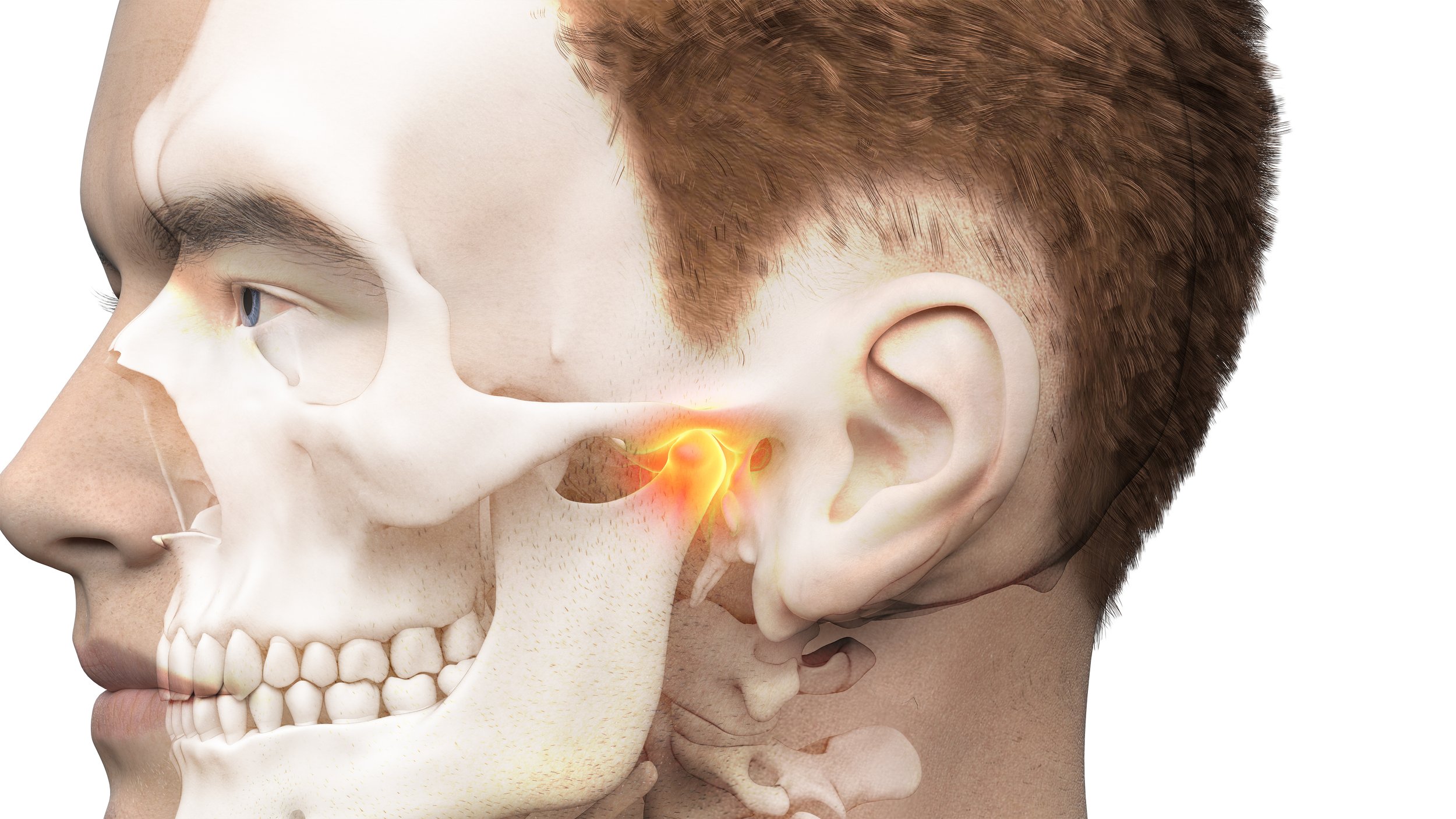Coppell Family Dentistry
Understanding Underbite: Causes, Symptoms, and Diagnosis
Introduction
When you hear the term "underbite", a particular image might come to mind. Perhaps you envision a pronounced jaw or overlapping teeth. However, the science and implications of this dental condition go deeper than mere aesthetics. Let's delve into the world of underbites, understanding its causes, recognizing its symptoms, and comprehending the diagnostic procedures.
1. What is an Underbite?
An underbite, medically known as Class III malocclusion, occurs when the lower teeth overlap the upper teeth when the mouth is closed. Instead of the upper front teeth sitting slightly in front of the lower teeth, the reverse happens.
2. The Anatomy of a Healthy Bite
Before understanding what goes "wrong" in an underbite, it’s essential to grasp what a "right" bite looks like. In a standard bite, the upper front teeth slightly overlap the lower teeth, just like a shoe box, the upper box slightly overlaps the lower lower box. This alignment allows for efficient chewing and minimizes excessive wear on the teeth.
3. Primary Causes of Underbites
The causes of underbites can be broadly categorized into two: genetics and external factors.
b. Sleep Apnea
Just like the color of our eyes or the shape of our nose, our jaw and teeth's structure can be inherited. If parents or grandparents had an underbite, there's a chance their descendants might too.
b. External Factors
Childhood habits such as thumb-sucking or prolonged use of a pacifier can influence jaw growth. Additionally, trauma or tumors in the jaw can also lead to the development of an underbite
4. Symptoms to Watch Out For
While the physical appearance of an underbite is noticeable, other symptoms might be less apparent:
Difficulty in biting or chewing food
Speech impediments or lisps
Mouth breathing or snoring
Chronic jaw or TMJ pain
Increased wear on the teeth
5. Long-Term Implications
If left untreated, an underbite can lead to several complications, including:
Digestive issues due to improper chewing
Increased risk of tooth decay and gum diseases
Development of a facial deformity
Breathing problems, including sleep apnea
6. Diagnosis: When to Seek Professional Help
If you suspect you or your child has an underbite, it's crucial to consult with a Dentist. They will typically:
Review medical and dental histories
Conduct a physical examination of the mouth and jaw
Take X-rays to determine the jaw's alignment
Possibly recommend a CT scan to get a detailed view of the bones
7. Treatment Options
After a diagnosis, several treatments are available, ranging from orthodontic interventions like Invisalign, braces to surgical procedures.
8. Pediatric Considerations
For children, early intervention is key. Addressing an underbite while the jaw is still growing can lead to more successful and less invasive treatments.
9. Adult Interventions
While treating an underbite in adults can be more challenging, it's not impossible.
10. Prevention and Management
While you can't alter your genetics, you can:
Monitor and limit thumb-sucking in children
Use protective gear to prevent jaw injuries
Regularly visit the dentist for check-ups
Conclusion
Understanding an underbite goes beyond just the visible dental misalignment. It's about recognizing the root causes, the potential complications, and the available treatments. With early detection and the right interventions, managing an underbite becomes a more approachable task, leading to healthier smiles and improved quality of life.
If you suspect you're facing underbite issues or simply want a comprehensive dental evaluation, don't hesitate to reach out. Dr. Andrew Holovnia at Coppell Family Dentistry. With expertise and a caring touch, Dr. Holovnia ensures every patient leaves with a brighter, healthier smile. Don't let dental challenges hinder your confidence; schedule an appointment today.


